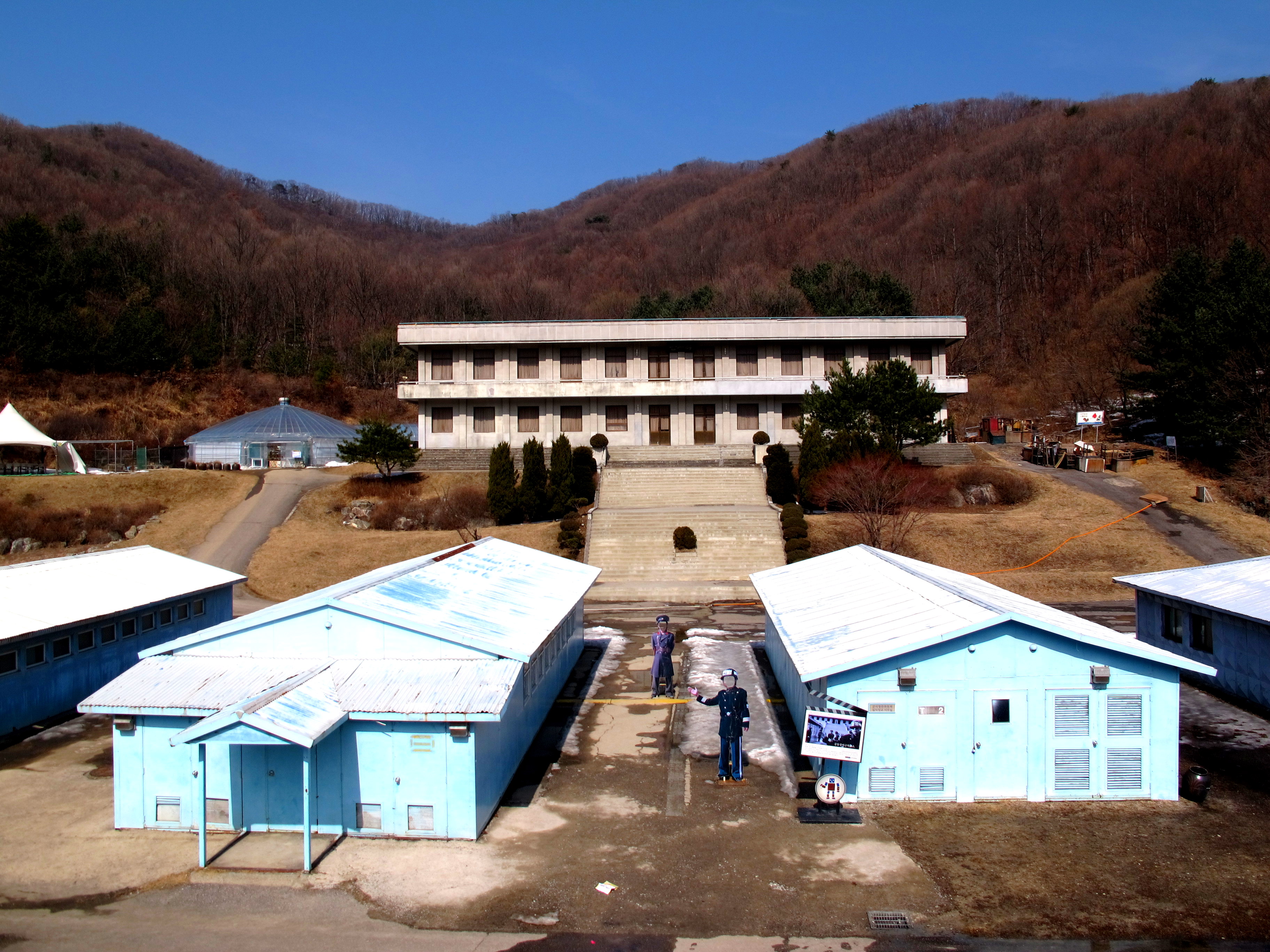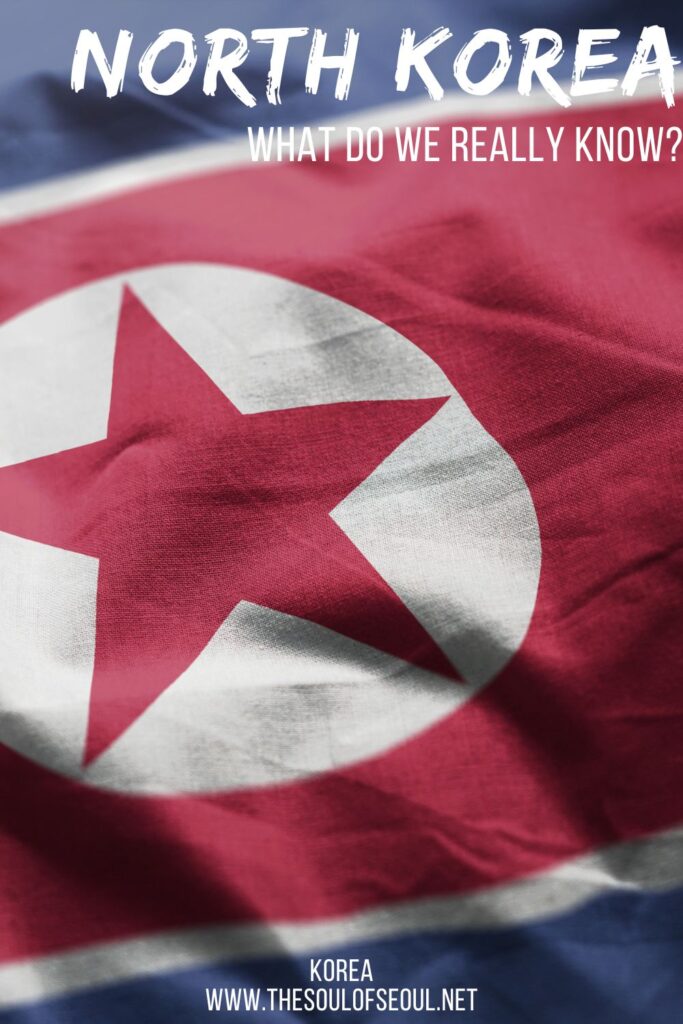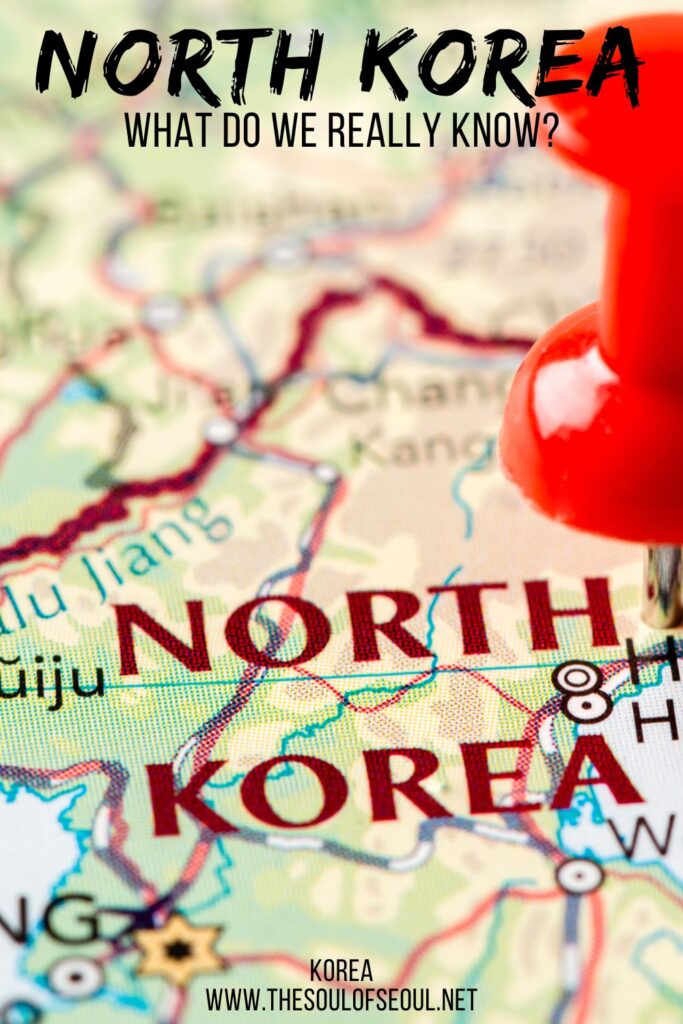What do we really know about North Korea?
It’s that time of year again, spring in Korea, when the US and South Korea team up to practice their stealthy abilities thereby inciting North Korea to raise the threat level which leads the US media to spout propaganda about going to war inevitably scaring the living daylights out of my grandmother.
It’s been a long month and a half and these war games still have another couple weeks to go and I imagine all of the news coverage, or really lack there-of because absolutely nothing is happening as usual, will continue until then. Am I scared? Not really. Do my South Korean friends seem nervous? No. Do any of us know what will happen? Not at all.

A few weeks back I surprised myself in a conversation by blurting out that I didn’t think it was all NK being aggressive but that it seemed to me that if the US would just back off most of the problems would probably go away on this peninsula. After almost seven years here, I’d apparently been soaking in the news around me, the South Korean attitude, and my family’s often overly exaggerated response to the situation, which isn’t their fault. The news they keep hearing seems to be much worse than we’re actually experiencing, either that or the news here downplays the situation in order not to incite riots and pandemonium. So, which is it?
Korea has a long history of foreign invasion and domination and Koreans have struggled time and time again to force the invaders out and take back their country.
At the end of WWII, before the US troops landed in Korea in September of 1945, Koreans had taken their country back from Japan’s colonial rule and had created a national government known as the Korean People’s Republic. This new government was made up of leftists, with the backing of a majority of the people as well as the USSR that promised relief from exploitation by landlords and capitalists. This group was made up of Koreans that had fought against Japan during the occupation.
The arrival of US forces, which worked to secure positions in government for conservatives and suppress the leftist government, was the start of a divided land. The US installed Korean conservatives who had oppressed the people and collaborated with the Japanese during their colonial rule, a bright idea on their part. The end of WWII was the beginning of 65 years of division and opposite views on foreign relations that really started because of US government involvement.
In fact, the current president of South Korea, Park Geun-Hye, is the daughter of former president Park Chung-Hee, who served in the Japanese Imperial Army and came to power in a military coup in 1961. The current leader of North Korea, Kim Jong-Eun, on the other hand, is the grandson of Kim Il-Sung, an important guerrilla leader who fought against Japan. It’s no wonder, then, that these two governments have difficulty seeing eye-to-eye. North Korea represents a struggle against foreign domination politically and economically, while South Korea represents submission and collaboration with foreign countries.
Skip ahead to the Korean War, the American forces dropped more bombs in Korea than had been dropped in the entire Pacific theater in WWII.
In a statement by General Curtis Lemay, he says, “Over a period of three years or so we killed off – what – twenty percent of the population.” In fact, North Korea lost around 30% of its population as a result of US led bombings during the Korean War. Compare that with the UK losing .94%, France losing 1.35% and China losing 1.89% during WWII and it is clear why North Korea would be so defensive against the US, putting emphasis on defensive.
Former Australian South Korean ambassador Richard Broinowski stated in an interview that NK “is not really a rogue State. They feel very threatened by the United States having war games every year with the South Koreans and Japan.” As a response to these war games, every year NK amps up its threatening rhetoric, but this is as a result of the US and South Korean joint capabilities show-off and not the reverse, as many news agencies would have people believe.
This year, in a profound statement by the US, two nuclear capable B-2 stealth bombers flew from a Missouri base 6500 miles to South Korea to drop dummy munitions on an uninhabited South Korean island. How else could NK be expected to respond to such an outward show of aggression on the part of the US?
Not only is the US threatening NK with invasion and domination, they are also threatening NK economically through the use of sanctions. As former President George W. Bush put it, North Korea is “the most sanctioned nation in the world.” The US has limited the export of goods and services, prohibited foreign aid and agricultural sales, banned Export-Import Bank funding, prohibited imports from North Korea, blocked any loan or funding through international financial institutions, limited export licensing of food and medicine for export to North Korea and banned dual-use exports, among many other sanctions.
They are basically strangling the country and its people and pressuring other countries to do the same. Because of the constant military harassment and nuclear threats by the US, any money or food NK does receive must go toward maintaining a strong military in order to survive this outward threat instead of going to the people. The hope by the US is clearly that at some point the people will overthrow the government that cannot provide for them and welcome the outside world (investors) in with open arms.
In 2010, the US- South Korean military budget was 739 billion dollars while that of NK was only 10 billion dollars, 74 times less. Are we really to believe that they are a credible threat to Seoul or Washington? If they aren’t a credible threat, then what does the US really want?
On March 11, US national security advisor Tom Donilon said, “I urge North Korea’s leaders to reflect on Burma’s experience.” What did he mean by that?
In a 1962 coup, Myanmar’s military took over and nationalized most of the industries and took control of the economy. Major utilities were state owned and health-care and education were publicly provided. There were no private hospitals or private schools. Ownership of land and companies were only for the country’s citizens and companies were required to hire Myanmar workers. Everything in the country was used for the country’s self-directed development, much like NK. Like NK, Myanmar was subjected to countless sanctions and foreign pressure, but unlike NK, Myanmar’s government caved to US pressure and the once publicly owned health-care and education systems were abandoned and private investors were invited in.
Foreign investment laws allowed foreigners to control land and companies and repatriate 100% of the profits and exempted them from paying taxes for five years. On top of all that, they also didn’t have to hire locally anymore. As soon as Myanmar opened its doors miraculously the sanctions were lifted and diplomats from the US, Britain, as well as other countries and companies made their way to Myanmar to form future foreign investment friendly ties. What can be taken away is that the US government is now trying to do the same to NK, a country that has not been aggressive and is thinking only of its own interests. How dare they.
According to Stephen Gowans of The 4th Media, “from the perspective of the goals of the US foreign policy, North Korea’s publicly-owned, planned economy commits the ultimate sin: it reserves North Korean labor, markets and natural resources for the country’s own welfare and self-development.” It’s a hard truth realizing that the country I call my home, instead of focusing on problems at home, is putting so much effort on destroying a country that is doing what they should be doing, taking care of its people. I am not anti-American and I don’t condone how the NK government treats its people and the atrocities that they continue to suffer there and I hardly ever write about political issues because honestly, it’s depressing, but I write this hoping to give my friends and family a different perspective than they are likely to get back home.
If we’re only listening to one version of the “truth”, we will never understand what is, has, or will happen around us.
Should we be scared of North Korea? I don’t really think so. Should we support a US led invasion of NK with anything less than the facts? Definitely not.
Sources:
Stephen Gowans, “Why North Korea is developing nuclear weapons” Liberation, February 23, 2013
Prof Michel Chossudovsky, “Know the facts: North Korea lost close to 30% of its population as a result of US bombings in the 1950s” Global Research, November 27, 2010
Interview with Former Australian South Korean Ambassador Richard Broinowski
“North Korea’s furt at US-South Korea war games goes back decades” news.com.au, April 11, 2013
Stephan Gowans, “Why DPRK withdrew from the armistice agreement? Who’s belligerent? NK? US?” NSNBC International, April 14, 2013
koreaunderground.tumblr.com
(This post contains affiliate links, which means I receive a certain percentage of a sale if you purchase after clicking. These funds go to maintain the site. Thank you for your support.)
Did you like this post? Pin iT!



